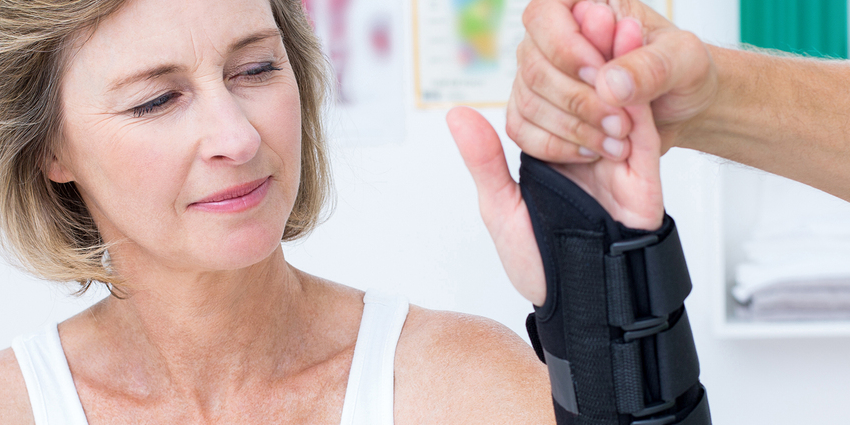Joints help us move, connect our bones and support most of our body weight. Though our joints can cope with any kind of stress, over time they suffer from wear and tear, which result in joint pains.
Joint pain in knees and hips can be caused by wounds, disease, sprains, tendonitis, arthritis of osteoporosis. There are a number of ways that can help in reducing the pain and prevent it to reoccur. Learn about the ten important techniques of alleviating and preventing joint pains.
Cryotherapy (Cold Compression)
Cold compress is good to reduce any kind of tissue swelling on the joints. A 15-minute ice pack application on the affected area at regular intervals daily helps reduce the pain over time. By performing this at least for 7 – 10 days can relieve from joint pain. Do not place the ice directly on the skin, instead apply it by wrapping it in a towel.
Hydrotherapy (Warm Water Therapy)
Warm water helps in releasing pressure on joints and muscles. It is advised to immerse the affected area in the warm water and keep massaging the area to stimulate blood flow. This therapy helps in alleviating joint pain.
Massage
Massage therapy helps in relieving joint pain faster. It is advised to get it done professionally, but in cases where you cannot visit or emergency scenarios you can always do it at home. Massage the affected area with a topical menthol rub or over the counter pain relief gels to help ease the pain.
Medicine
Non-steroidal anti-inflammatory drugs will aid in relieving joint pains and stiffness. You can always avoid them but in severe cases, these muscle relaxants and anti-inflammatory drugs can help in reducing pain.
Exercise
When choosing an exercise regime, choose one that allows you to move within the limits of your pain and does not worsen the pain further. Start with minor exercises and stretching first. Slowly and gradually as you experience less pain in your joints, increase the intensity of your regime. Exercise helps increase muscle strength and flexibility of joints.
Physiotherapy
Physiotherapy is a therapeutic technique that can help relieve pain in the joints. It is advised to see a registered physiotherapist only. They are practitioners and know how to cure you from pain and prevent the chances of it to reoccur.
Alternative medical practices
These practices are acupuncture, yoga therapy or chiropractic therapy which not only enhance joint movement, but also help alleviate pain and prevent it.
Immobilize the affected area
In case of severe joint pain attempt to immobilize the affected area with a help of a brace. This is not advised in all cases, but only if the pain is prolonged and unbearable.
Take rest
Rest and relaxation help in alleviating joint pain. It restores energy and allows your body to naturally repair itself. It is advised, resting in between exercises allows your body to cope with joint stress, and which can prevent the potential joint pain.
If you are suffering from joint pain, it is absolutely vital that you schedule an appointment with a physiotherapist. Prime Physio Plus has a team of registered physical therapists in Ottawa. They’ve the expertise to assess the pain areas in your body and formulate a customised treatment plan to help alleviate your joint pain.


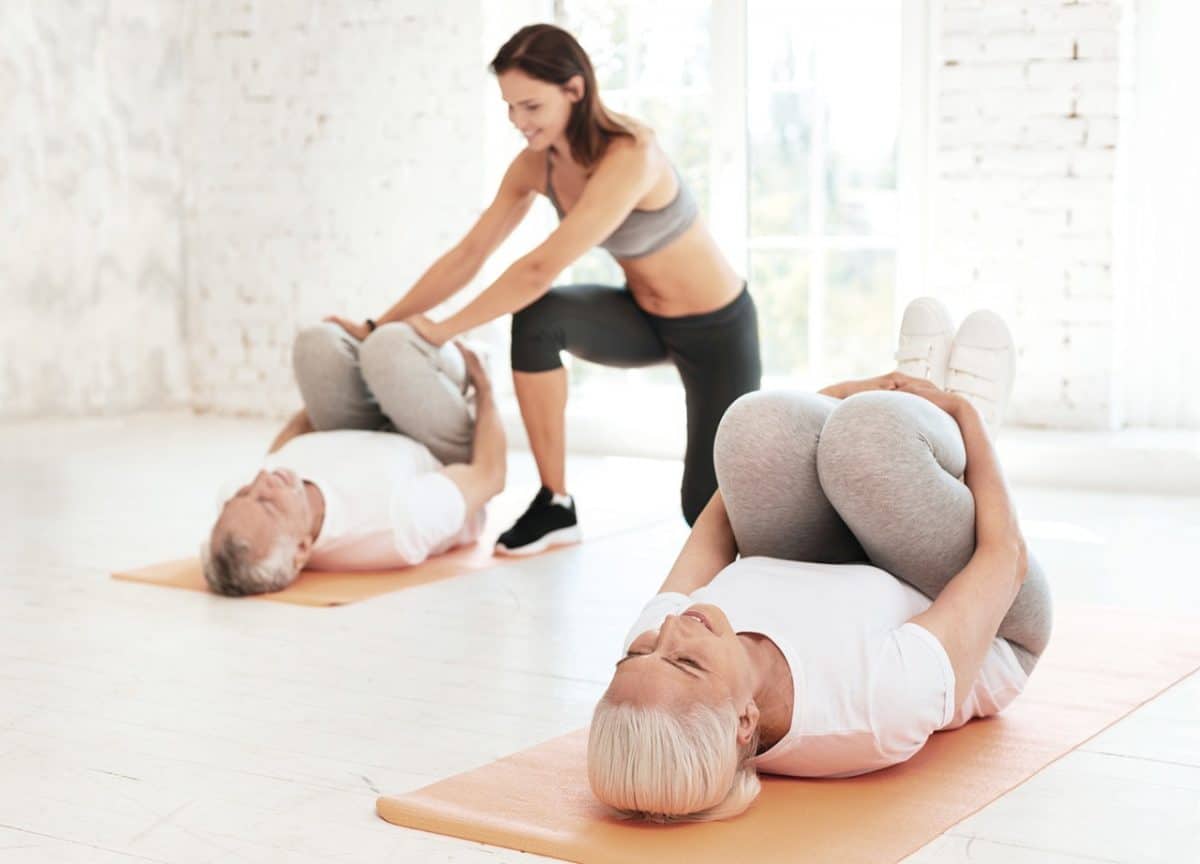
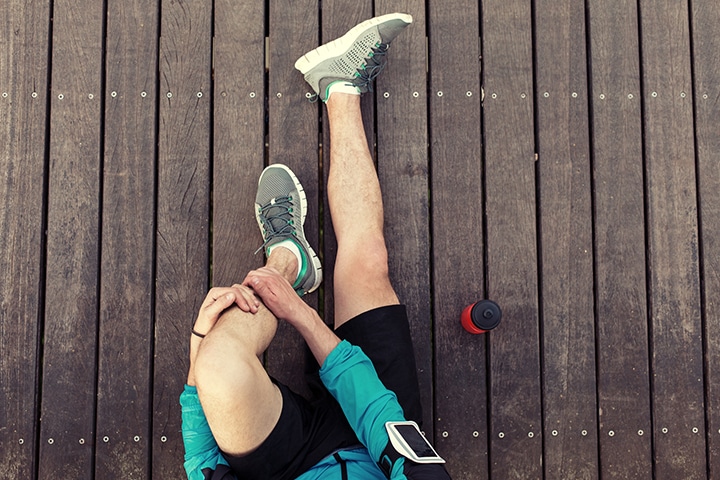
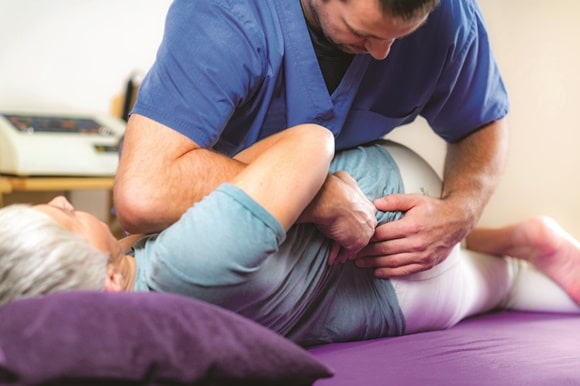
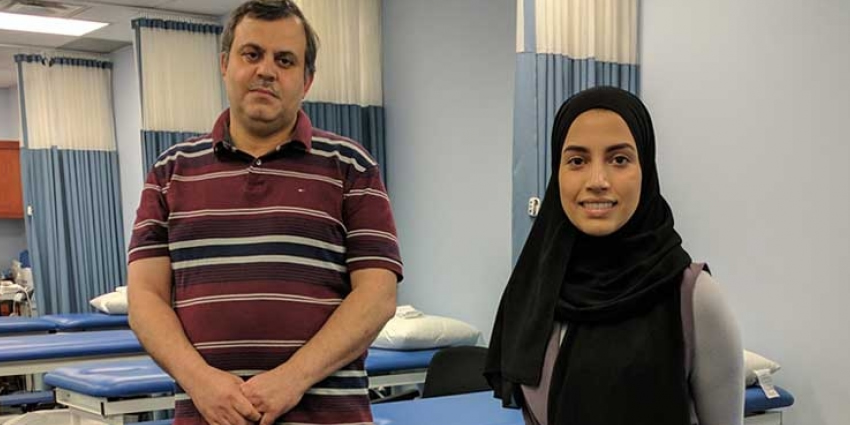
 Physiotherapy is a physical means to treat health problems. Best known for treating issues such as muscle pain, Fouda explains that it can also help in many other ways, “It can help people who are having breathing problems, like asthma. Some dermatological problems require phototherapy. Other issues may be treated with hydrotherapy, so you work with the patient in a pool. If you have back problems, we can use spinal decompression.”
Physiotherapy is a physical means to treat health problems. Best known for treating issues such as muscle pain, Fouda explains that it can also help in many other ways, “It can help people who are having breathing problems, like asthma. Some dermatological problems require phototherapy. Other issues may be treated with hydrotherapy, so you work with the patient in a pool. If you have back problems, we can use spinal decompression.”
